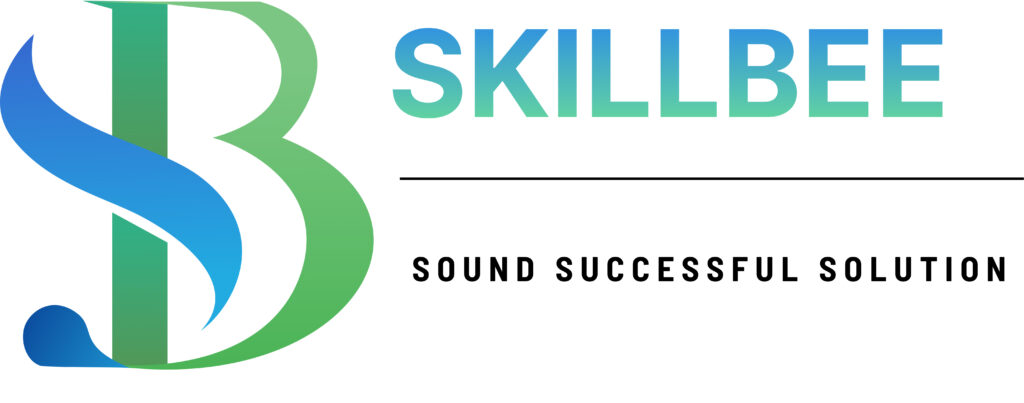Computer System
Computer hardware components assembled to perform in conjunction with a set of software programs, which are collectively designed to perform a specific function or group of functions.
(PIC/S, PI 011-3, 25 September 2007)
Computerized system:-
A computer system consists of hardware, software, and network components, together with the controlled functions and associated documentation.
A computerized system collectively controls the performance of one or more automated processes and/or functions. It includes computer hardware, software, peripheral devices, networks and documentation, e.g. manuals and standard operating procedures, as well as the personnel interfacing with the hardware and software, e.g. users and information technology support personnel. (WHO QAS/16.667)
A computer system plus the controlled function that it operates is called computerized system. (PIC/S, PI 011-3, 25 September 2007).
Computerized systems validation
It is a process of achieving and maintaining compliance with applicable GxP regulations and fitness for intended use of computerized systems by application of appropriate operational controls throughout the life cycle of the system.
Confirmation by examination and provision of objective and documented evidence that computerized system’s predetermined specifications conform to user needs and intended use and that all requirements can be consistently fulfilled. (WHO QAS/16.667)
Establishing documented evidence which provides a high degree of assurance that a computeriedsystem will consistently produce results that meet its predetermined specification and quality attributes

Computerized System Life Cycle
A life cycle approach entails defining and performing activities in a systematic way from conception, understanding the requirements, through development, release, and operational use, to system retirement.
The SLC concept promotes a systematic approach that defines the stages involved in the development from initial feasibility study to retirement or decommissioning of a computerized system.
The SLC shall comprise of the following phases
1. Initiation (Concept) and Planning Phase
2. Requirement Phase
3. Specification and design
4. Built (coding) or configuration phase
5. Verification phase (Testing Phase)
6. Reporting and release phase
7. Operational phase (maintenance and system change)
8. Retirement Phase
Follow the V-Model approach for validation of software life cycle (from initiation to decommissioning)

1. Initiation (Concept) and Planning Phase
Perform the following activities as part of initiation phase
I. Initial requirement gathering, determination of estimation cost, resource required, project schedule, define Responsibilities.
II. Perform GxP and ERES Assessment
III. Perform Quantitative and qualitative Risk Assessment
IV. Supplier selection based on GxP and risk assessment.
V. Preparation of Validation plan (Sometimes VMP for individual complex project)
2. Requirement Phase
Perform the following activities as part of this phase
I. Preparation of User Requirement Specification (URS)
II. Drafting of Requirement Traceability Matrix (RTM)
3. Specification and design Phase
Perform the following activities as part of this phase
I. Preparation of Functional Specification (FS) or Functional Requirement Specification (FRS).
II. Preparation of Software Design Specification (SDS)
III. Preparation of Hardware Design specification (HDS)
IV. Preparation of Design qualification (DQ) in case of equipment is involved.
V. Preparation of Configuration Specification (CS).
VI. Updates RTM.
4. Built (coding) or configuration phase
Perform the following activities as part of this phase
I. Develop Software Code (Category 5 software) or Configure the software as per business need (Category 4 software)
II. Perform Code review and prepare the code review report
III. Updates RTM
IV. Perform Unit level testing
V. Release note for QA testing
5. Verification Phase (Testing Phase)
Perform the following activities as part of this phase
I. Preparation of Test Plan and Test scripts (At Supplier site)
II. Execute the test scripts (QA environment) (At Supplier site)
III. Release note for UAT
IV. Execute the test scripts (UAT environment) (At Supplier site)
V. Preparation of Test Summary report (At Supplier site)
VI. Release Note for Production
VII. Perform IQ, OQ and PQ at user site.
VIII. Update Requirement Traceability Matrix (RTM).
6. Reporting and release Phase
Perform the following activities as part of this phase
I. Approval of software operational SOPs (Maintenance, BCP, DR, operation)
II. Ensure closure of QRA Mitigation plan.
III. Preparation of validation Summary Report.
IV. Validation Certificate signing.
7. Maintenance and Operational Phase
Perform the following activities as part of this phase
I. System put in operation.
II. Maintain compliance and fitness for intended use throughout its operational life.
III. Support of IT Team and vendor support to user.
IV. Include following SOPs to maintain compliance of system
A. Change management
B. Backup and restore
C. Disaster recovery
D. Business continuity plan
E. Incident Management
F. Configuration management
G. Periodic review
H. System security and system administration
I. Document management process (Retention, Archive and Retrieval)
8. System Retirement, Decommissioning or Disposal Phase
Perform the following activities as part of this phase
I. Perform risk assessment
II. Preparation of Software Decommissioning Plan
III. Data Migration
IV. Perform Validation audit
V. Preparation of Software Decommissioning Report
#CSV #ComputerizedSystemValidation #CSA #Computersystemvalidation
Related Topics
Categorization of Software
GxP Assessment
ERES Assessment
Quality Risk Assessment
Supplier Assessment for computerized System
Computer System Validation and V Model Approach
Software Development Life Cycle Models (SDLC)
Validation Master Plan & Validation Plan
User Requirement Specification
Functional Specification
Design and Configuration Specification
Code Review
Unit Testing and Module Testing
Integration Testing
Installation Qualification
Operational Qualification
Performance Qualification
Testing of Software
Validation Summary Report
Business Continuity Management and Disaster Recovery
Difference in Backup – Restore & Archival – Retrieval
Window Control for Laboratories systems
Spread sheet (Excel sheet) Validation
System Retirement, System Decommissioning and system Disposal
Inventory of Computer system
Data Migration
